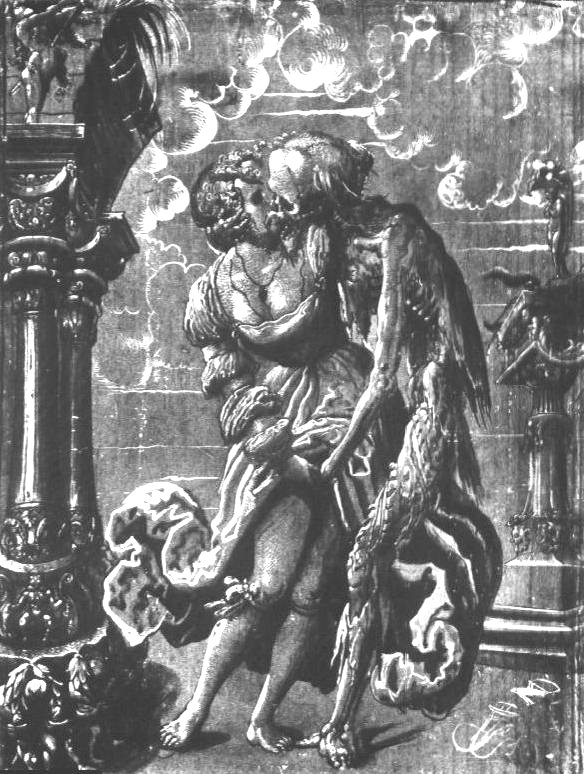In order to study romance novels, it is important to clarify what, exactly, is a romance novel. A romance refers to fictional works that involve some combination adventure, mysterious events, difficult quests, thwarted love, and a triumphant ending. Novels are simply fictional prose narratives that can, but don’t have to, be a romance. However, romance novels refer to something entirely different.
Pamela Regis, in her A Natural History of the Romance Novel defines a romance novel to be, “a work of prose fiction that tells the story of the courtship and betrothal of one or more heroines.[i]” She goes on to explain that there are eight narrative elements of a romance novel which include: a definition of society, meeting, attraction, barrier, point of ritual death, recognition, declaration and betrothal.[ii] This definition is excellent because it is specific and clear. However, Pamela Regis makes an error in making her definition gender specific, saying there must be a heroine and a hero. While not as common as heterosexual romances, homosexual romances featuring a hero and a hero, or a heroine and a heroine, do exist. Consider, for example Suzanne Brockman’s All Through the Night which features Jules Cassidy and his partner Robin Chadwick.[iii] It follows all of Regis’ narrative elements- the only thing that is different is the male protagonists.
The Romance Writers of America offers a more gender-inclusive definition saying “a central love story and an emotionally-satisfying and optimistic ending.”[iv] They go on to expand that “In a romance novel, the main plot centers around two individuals falling in love and struggling to make the relationship work.”[v] While this definition is more gender inclusive, it fails to be specific in that way that Pamela Regis’s definition is.
It also fails to take into account the new subgenre of romance called erotic romance. Marketed by publishers such as Ellora’s Cave and Samhain Publishing, these novels feature, among other things, love stories between three (or more) people. For example, Denise Rossetti’s book Tailspin features two heroes and a heroine.[vi] All of Regis’s narrative elements are present, just more complex as there are multiples of some of the elements, which force the three characters apart. The heroine, Fledge is living in a circus where she is repressed and unhappy, representing the definition of society that is corrupt.[vii] She meets Mirry, one of the heroes, and there is an immediate attraction as she looks at him. Rossetti describes Fledge’s attraction to him, “But he was beautiful. Even limp and dead, covered with stinking muck, his body was the very essence of masculinity.”[viii] As the story progresses, Jan, the third hero is introduced, and the three struggle to understand the love they have blooming between them, even though a ménage á trios is not socially acceptable (the barrier)[ix]. There is a point where each of the characters worry that their love will not overcome Mirry’s resistance or Jan’s emotional wounds (point of ritual death). However, they recognize that they love each other, and are able to declare their love and make a commitment to each other[x]. The story ends on a happy, hopeful note.[xi]
In light of these examples, the definition of a romance novel needs to be adjusted. A romance novel is a prose narrative dealing with the romantic love and courtship between two or more characters. Romance novels contain eight narrative elements which include: a definition of society that is corrupt, the meeting, the attraction, the barrier, the point of ritual death[xii], the recognition, the declaration, and the betrothal[xiii].
[i] Pamela Regis, A Natural History of the Romance Novel, (Philadelphia, University of Pennsylvania Press, 2003), 14.
[ii] Pamela Regis, A Natural History of the Romance Novel, (Philadelphia, University of Pennsylvania Press, 2003), 14.
[iii] Suzanne Brockman, All Through the Night, (Ballantine Books, 2007), back cover.
[vi] Denise Rossetti, Tailspin, (Elloras Cave, 2007).
[vii] Denise Rossetti, Tailspin, (Elloras Cave, 2007) 8.
[viii] Denise Rossetti, Tailspin, (Elloras Cave, 2007) 9.
[ix] Denise Rossetti, Tailspin, (Elloras Cave, 2007) 49.
[x] Denise Rossetti, Tailspin, (Elloras Cave, 2007) 250.
[xi] Denise Rossetti, Tailspin, (Elloras Cave, 2007) 263.
[xii] Personally, I think that there is a better way to term the “point of ritual death” in a novel, both because the term is cumbersome to say, and because it is misleading. I would argue that it is more of a Dark Moment- where one or both of the characters are convinced that things will not work out between them.
[xiii] I would also argue that the betrothal isn’t always necessarily a betrothal, but more an understanding that there is a commitment between the characters.

